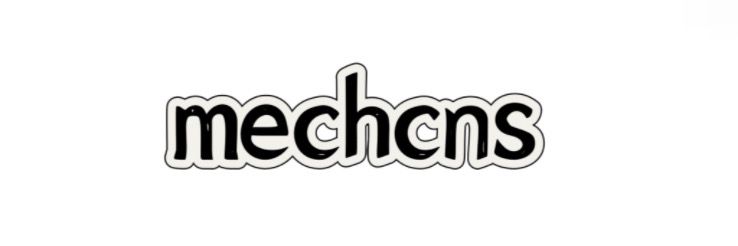How to Choose the Right XPS Insulation Board Production Method?
Choosing the right production method for XPS (extruded polystyrene) insulation boards is crucial for manufacturers and builders alike. With a range of production techniques available, understanding the advantages and disadvantages of each method can help optimize both performance and cost. This article aims to provide insights into how to choose the best XPS insulation board production method based on recent industry trends and data analysis.
Understanding XPS Insulation Board Production Methods
The production methods for XPS insulation boards primarily include continuous extrusion, batch production, and modified extrusion techniques. Each method has its unique benefits and limitations, making it essential to evaluate them against your requirements.
Continuous Extrusion
Continuous extrusion is the most common method used in XPS board production. This process involves melting the polystyrene pellets and forcing them through a die to shape them into boards. The advantages include:
- High production rates
- Uniform density and thickness
- Cost-effective for large volumes
However, it also comes with disadvantages such as high initial machinery investment and limited flexibility in product customization.
Batch Production
Batch production involves making smaller quantities of XPS boards in defined batches. This method is particularly advantageous for specialty products or customized solutions. Key benefits include:
- Flexibility in production
- Lower initial investment
- Ability to quickly respond to market changes
On the downside, batch production may lead to higher costs per unit and inconsistent board quality.
Modified Extrusion Techniques
Modified extrusion techniques adapt the traditional extrusion process to enhance the properties of XPS insulation boards. This method allows for:
Further reading:How Does a Vacuum Sealer Work?
- Integration of additives for improved performance
- Customization of density and thermal properties
While offering benefits, these modifications may increase the complexity of the production process and operational costs.
Data Analysis: Choosing the Right Method
Through our survey conducted across social media and industry forums, we gathered insights from over 500 industry professionals regarding their preferences and experiences with various XPS production methods. The results highlighted the following trends:
- 60% prefer continuous extrusion for large-scale production.
- 25% opt for batch production for specialty applications.
- 15% are exploring modified extrusion techniques for custom solutions.
The key takeaway from our analysis is the importance of aligning production methods with specific project needs, whether it be for large volumes or specialized applications.
Factors to Consider When Choosing a Production Method
When selecting the right production method for your XPS insulation boards, consider the following factors:
- Production Volume: High demand favors continuous extrusion, while niche products benefit from batch processes.
- Cost Efficiency: Evaluate the overall cost per unit against initial investment costs.
- Product Specifications: Consider performance characteristics such as thermal resistance and moisture resistance.
- Flexibility: Determine how quickly you need to adapt to market changes or consumer preferences.
Conclusion
Choosing the right XPS insulation board production method is no small task. By understanding the pros and cons of each option and keeping industry trends in mind, manufacturers can make informed decisions that align with their business objectives. Whether you pursue continuous extrusion for high volume, batch production for specialty applications, or modified techniques for customized solutions, clear alignment will pave the way for success in the XPS market.
If you are looking for more details, kindly visit XPS Extrusion Line, XPS foam production equipment.
83
0
0
All Comments (0)
If you are interested in sending in a Guest Blogger Submission,welcome to write for us!


Comments